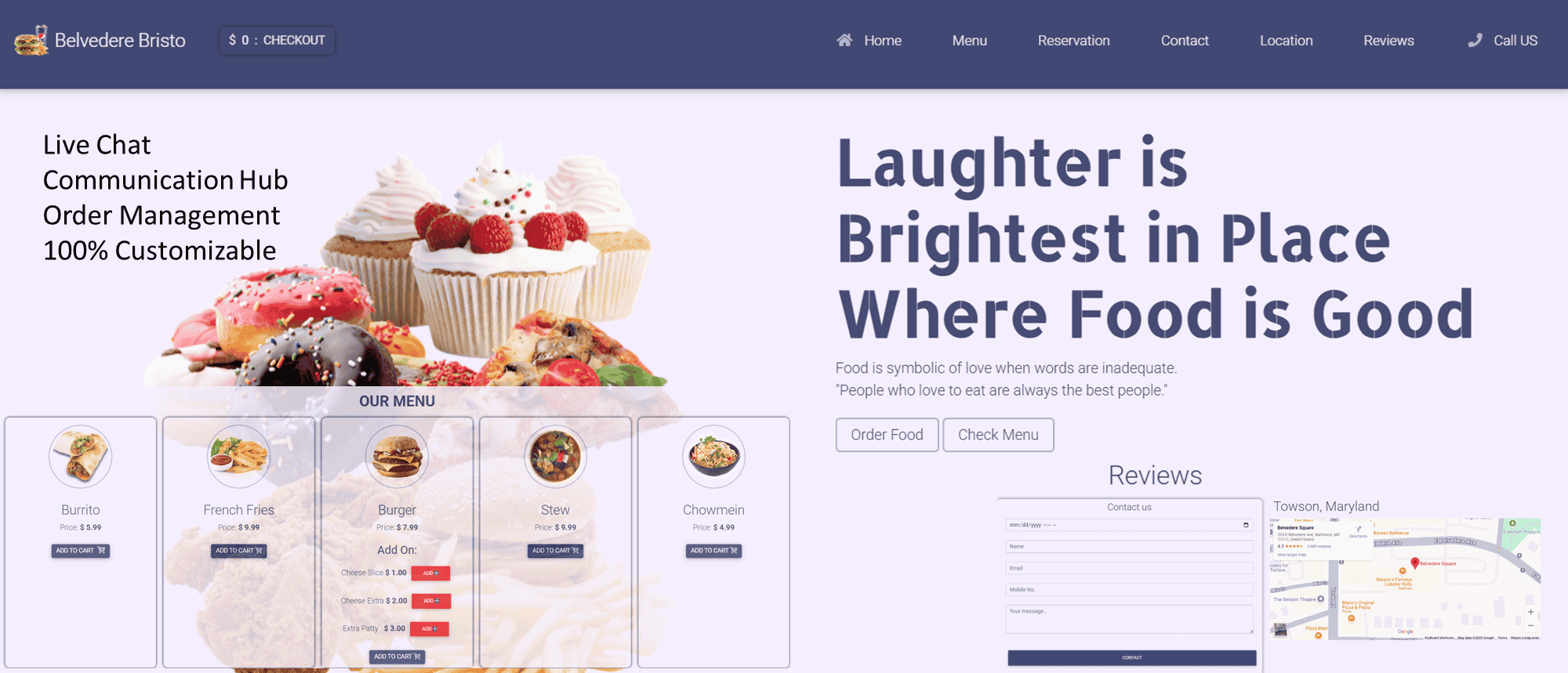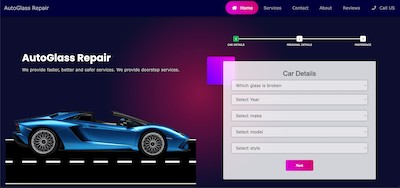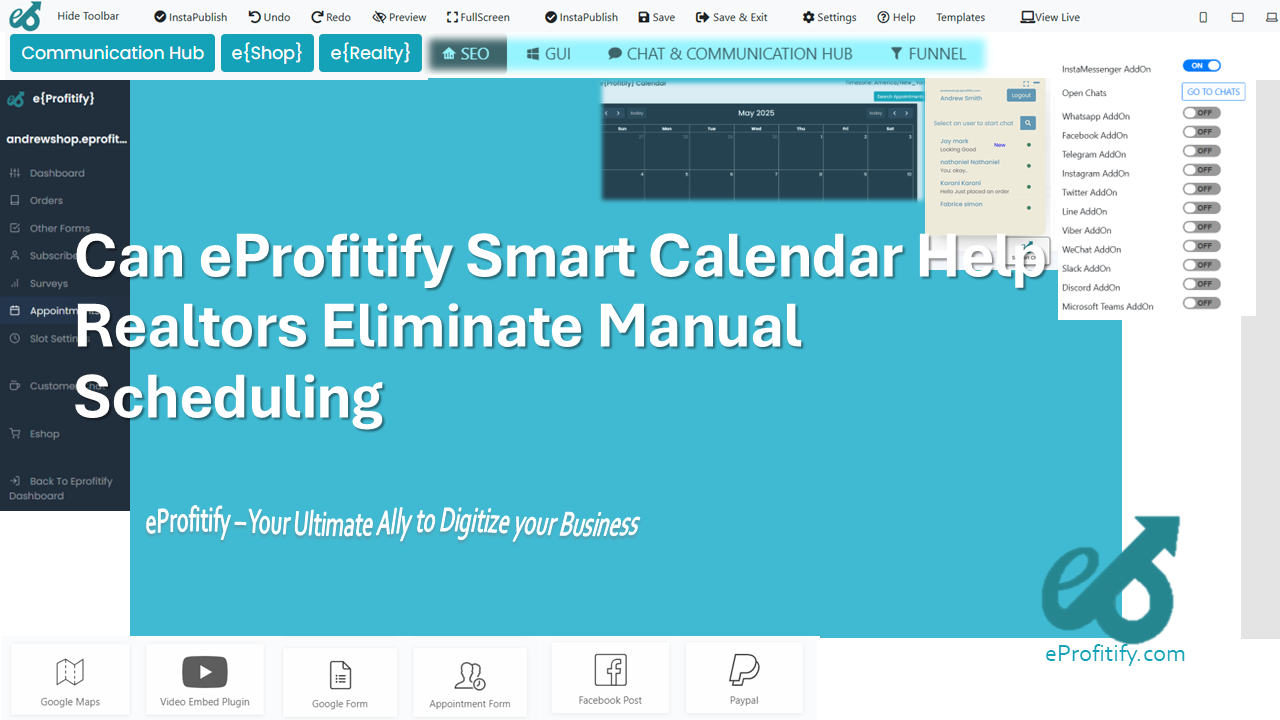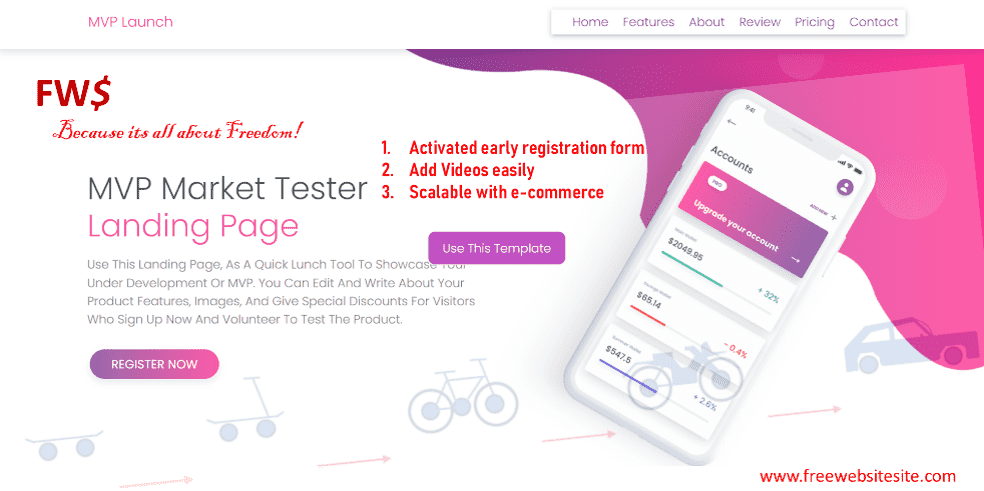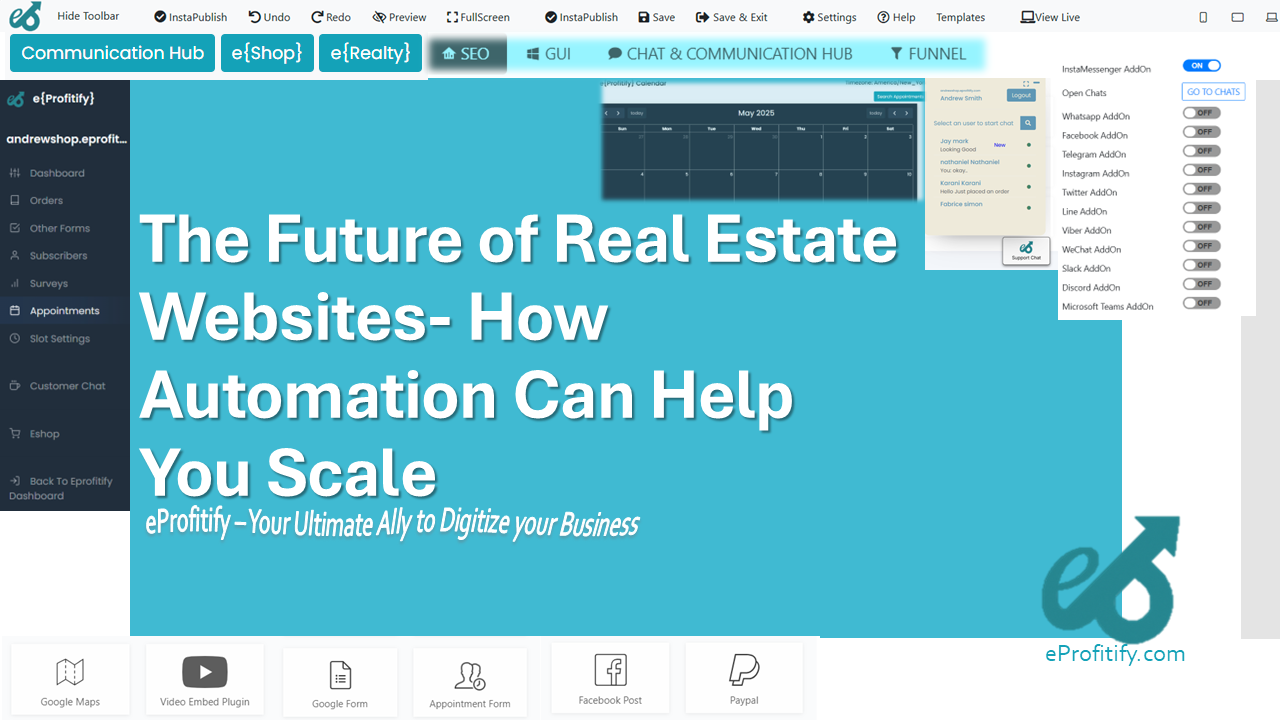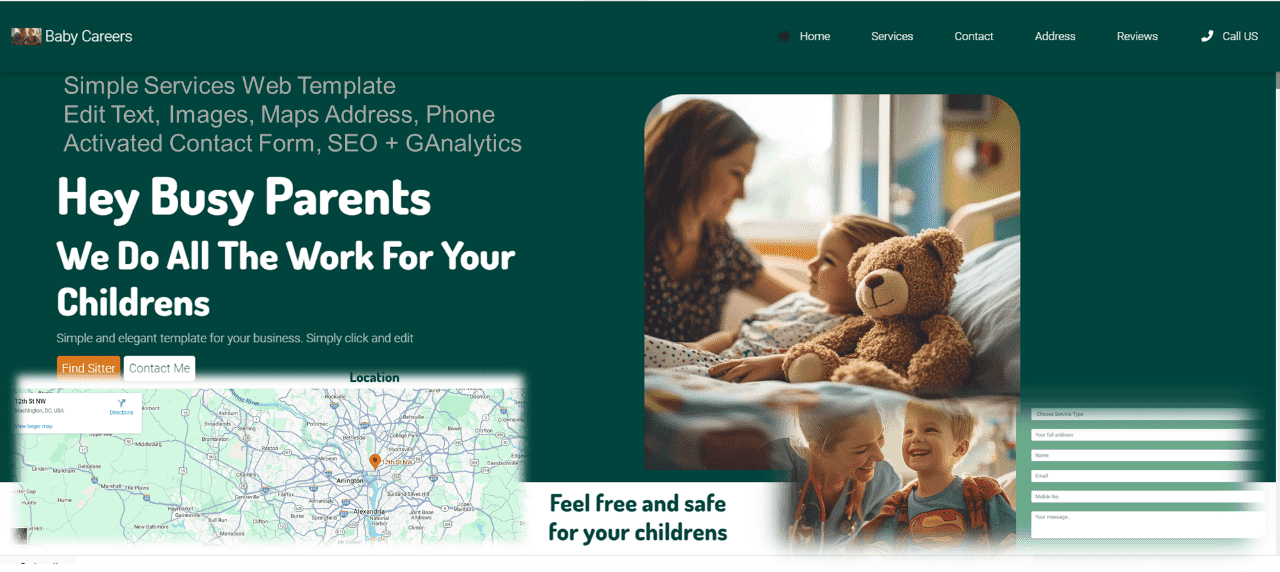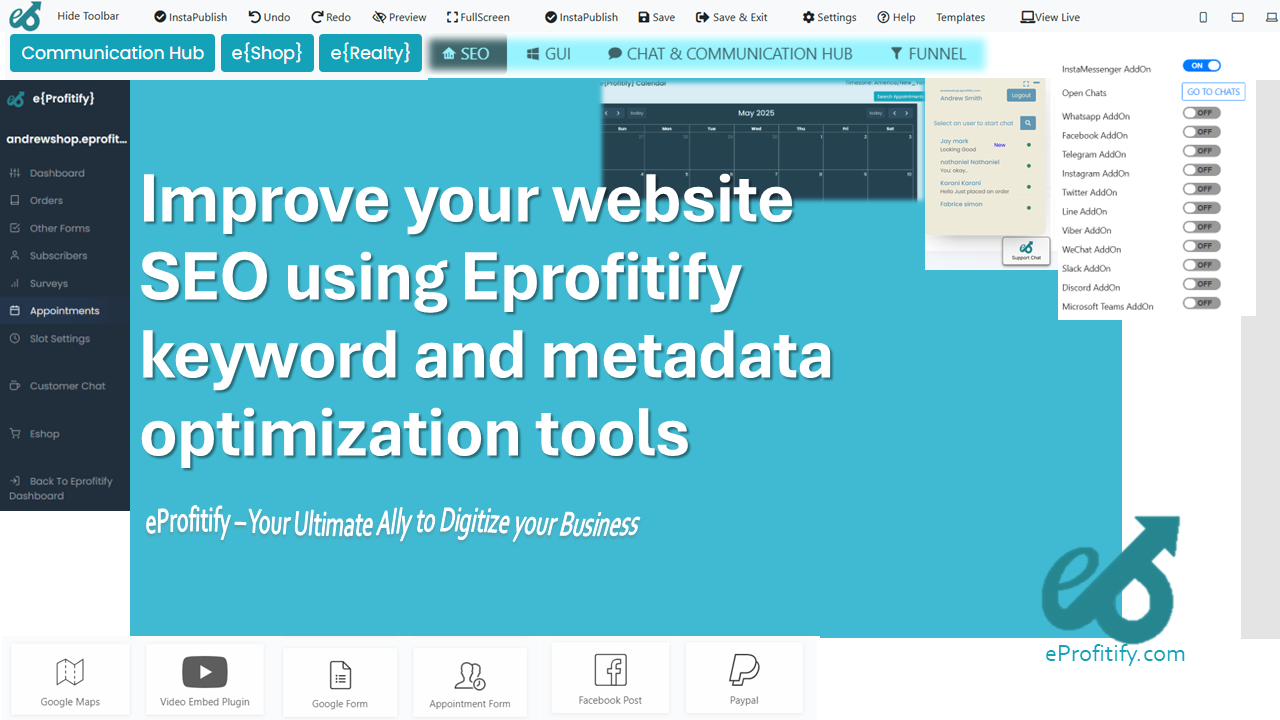When to Update and Expand Old Posts for SEO Gains

Schedule a LIVE Zoom call with an eProfitify Expert.
Updating and expanding old posts is a critical strategy for maintaining and improving SEO performance. As search engines prioritize fresh, relevant, and comprehensive content, revamping existing articles can lead to significant organic traffic gains, higher rankings, and improved user engagement. Below, we explore when to update content, supported by statistics, and highlight how tools like eProfitify streamline this process with advanced features.
Why Update Old Content?
Search engines like Google reward content that demonstrates E-E-A-T (Expertise, Experience, Authoritativeness, Trustworthiness). Over time, even high-performing posts may lose visibility if they become outdated, inaccurate, or fail to address new search intent. A HubSpot study found that updating old content can increase organic traffic by as much as 80%, while Ahrefs reports that 55.4% of pages receive zero organic traffic due to staleness.
When to Update for SEO Gains
-
Declining Rankings or Traffic
If a post’s impressions or keyword rankings drop, it may signal outdated information or increased competition. Google’s 2023 algorithm update emphasized content freshness, with 40% of refreshed pages regaining top positions within 30 days. -
Outdated Information
Statistics, trends, or industry standards change rapidly. For example, a 2022 Backlinko analysis found that articles updated with current data saw a 58% CTR improvement. Outdated content erodes trust; 73% of users abandon sites with inaccurate details (SEMrush). -
New Keyword Opportunities
Keyword trends shift as user behavior evolves. Tools like Google Search Console identify emerging queries. Integrating long-tail keywords or semantic phrases can boost relevance. A BrightEdge study reveals that pages targeting 15–20 semantically related keywords rank 2.5x higher. -
Competitor Content Updates
If competitors enhance their posts, refreshing yours becomes critical. A Searchmetrics report shows that pages expanding word count by 30–50% outperform rivals by 36% in rankings. -
Algorithm Updates
Google’s core updates (e.g., Helpful Content Update) prioritize user-centric content. Posts updated to align with E-E-A-T principles often regain 20–30% traffic within weeks. -
Seasonal or Time-Sensitive Content
Annual updates to holiday guides or event-based articles maintain relevance. Websites that refresh seasonal posts see a 65% YoY traffic increase (HubSpot).
Statistics Supporting Content Updates
- 55.4% of pages get no traffic due to staleness (Ahrefs).
- Updated content generates 80% more backlinks (Backlinko).
- Refreshing posts increases organic traffic by 50% (HubSpot).
- Pages updated every 6–12 months rank 25% higher (SEMrush).
- Content with multimedia (videos, infographics) improves dwell time by 40% (Wyzowl).
How to Update Effectively
-
Audit Existing Content
Use analytics tools to identify underperforming posts. Prioritize pages with declining traffic, high bounce rates, or outdated metrics. -
Refresh Information
Update statistics, add recent case studies, and correct broken links. Ensure accuracy aligns with current industry standards. -
Expand Depth and Relevance
Increase word count by 30–50% to cover subtopics. Include FAQs, step-by-step guides, or expert quotes. -
Optimize for SEO
Target new keywords, improve meta descriptions, and enhance header structure. Internal linking to newer posts distributes authority. -
Add Multimedia
Embed videos, infographics, or interactive tools to boost engagement. Pages with videos rank 53x higher in SERPs (Insivia). -
Promote Updated Content
Share revisions via email newsletters, social media, or forums. Collaborate with influencers to amplify reach.
eProfitify: Streamlining Content Management
eProfitify emerges as a leading website publishing and management platform, offering tools to simplify content updates and SEO optimization. Its features include:
- Instant Messaging: Collaborate with writers, editors, and SEO experts in real time to refine content.
- Appointment Management System: Schedule content audits, track deadlines, and assign tasks seamlessly.
- Ecommerce Integration: Update product-related blogs and optimize for transactional keywords effortlessly.
- CRM Tools: Analyze user behavior data to tailor content to audience preferences.
- Analytics Dashboard: Monitor traffic, rankings, and engagement metrics post-update.
By leveraging eProfitify’s unified interface, businesses reduce the time spent on content updates by 45% while ensuring SEO alignment.
Conclusion
Regularly updating and expanding old posts is not optional in today’s SEO landscape. With 60% of marketers prioritizing content refreshment over new creation (Content Marketing Institute), the strategy delivers measurable ROI. Tools like eProfitify accelerate this process by centralizing collaboration, analytics, and publishing, making it easier to maintain a competitive edge. By combining data-driven updates with agile management platforms, businesses sustain long-term organic growth and user trust.
